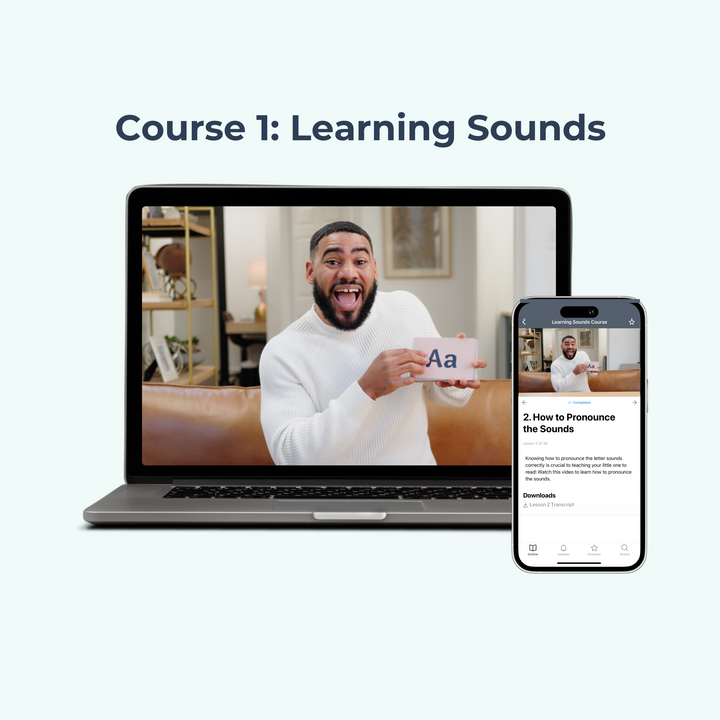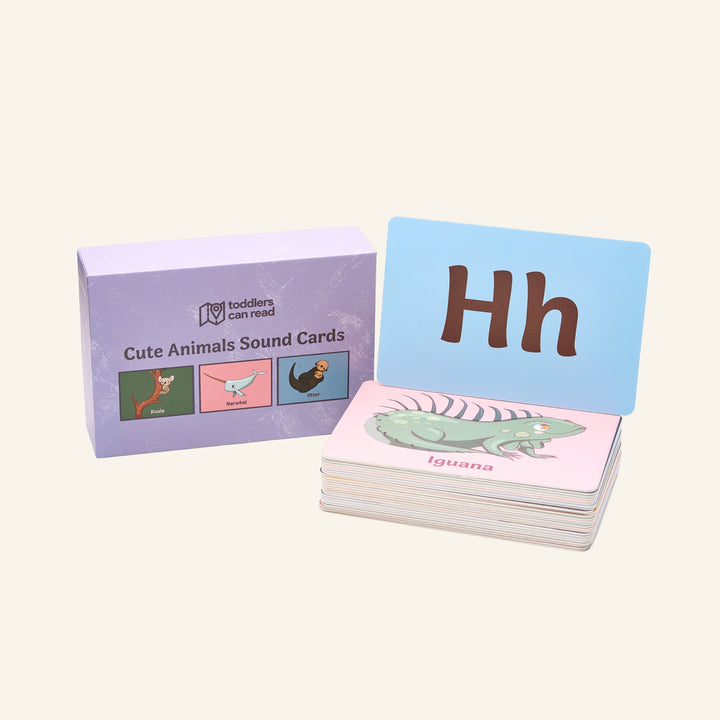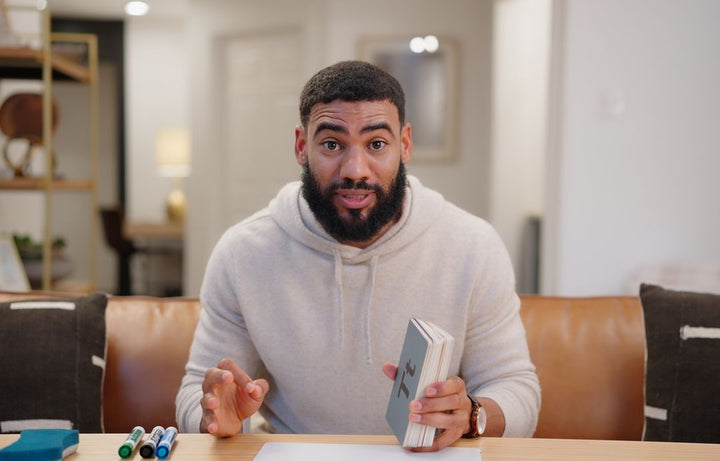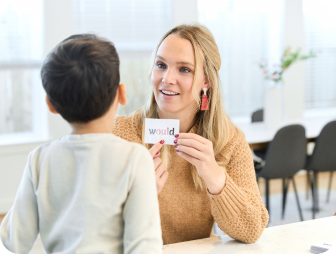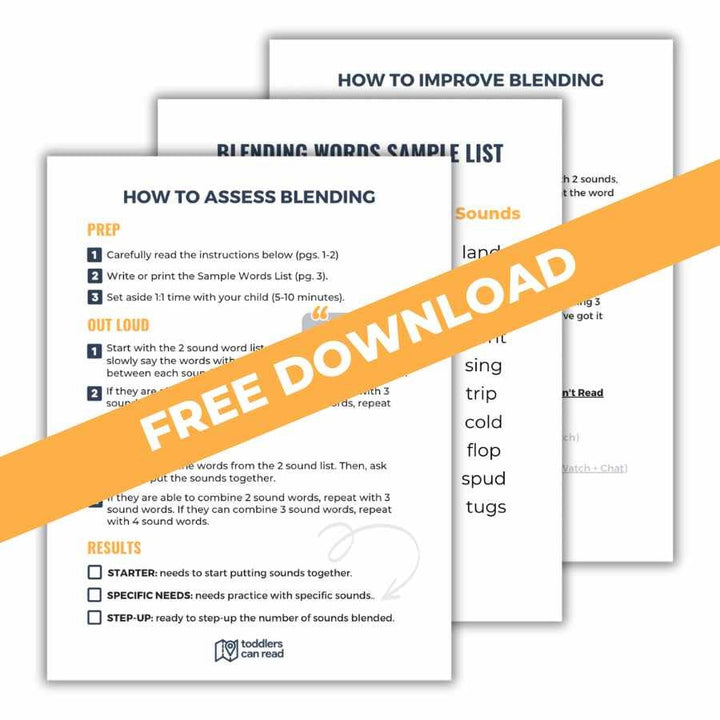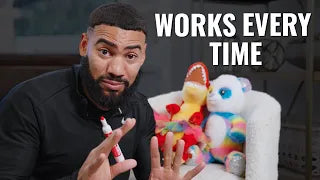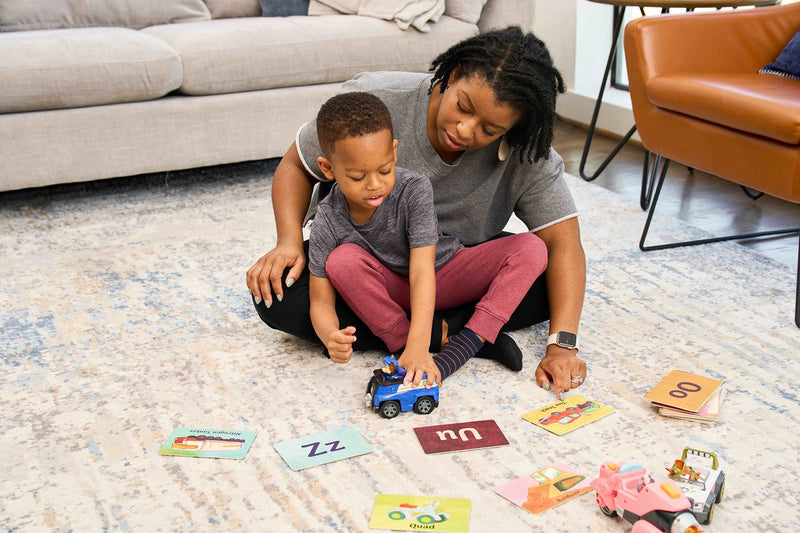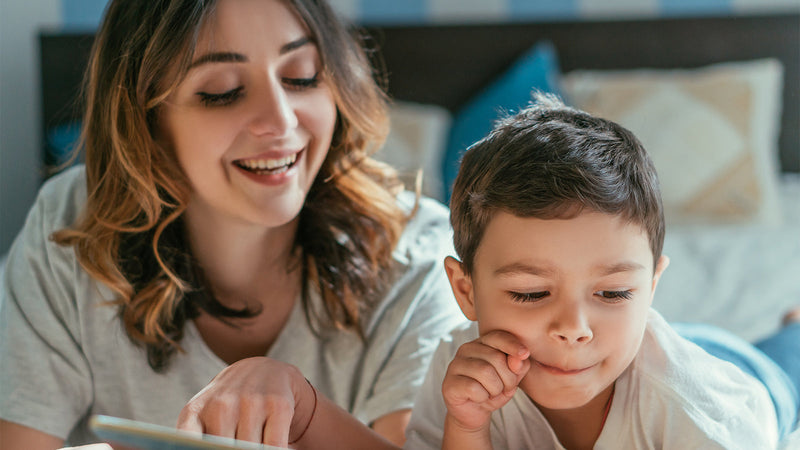If you're the parent of a little one who is learning how to read or write, you might have heard the term "phonics" being thrown around by teachers or other parents.
And if you've listened to these conversations wondering what on earth phonics even is, you aren't alone. In this blog post, you'll learn the basics of phonics and why it's such an important part of learning how to read.
What is Phonics?
Phonics is a method used to teach kids how to read and write words with letter sounds. The English language is like a code that uses symbols (letters) to represent sounds, and phonics is the key to unlocking this code. Phonics teaches readers which letters represent which sounds and how to put those letter sounds together to read words.
To put it more simply, phonics teaches readers that the letter "t" makes the /t/ sound, "a" makes the /a/ sound, "p" makes the /p/ sound, and that when you put those sounds together, you get the word "tap."
Why We Teach Phonics
We teach phonics so children understand how to read words by saying each sound and putting them together.
Sure, there are some kids who learn to read WITHOUT phonics, by memorizing words or guessing words based on context or pictures. But far too often, when these children hit second or third grade they struggle with reading. They can't do it. Because they memorized a shortcut for reading (guessing) instead of a strategy for reading (sounding words out).
And scientists know this to be true. Decades of research support the fact that not only are there too many words in the English language to simply memorize, but that learning the sounds each letter makes (phonics) and how to combine them together is the most effective strategy for teaching young children how to read.
Unlike many other skills that come naturally (eating, walking, talking, and so on) our brains weren't structured to learn how to read or write. Those were systems that came much later in human development and need to be taught in order for us to understand how to do them.
In other words, while an understanding of phonics is not something our kids are born with, it is the best way to teach them how to read (and doing that can be a lot simpler than you might think)!
If you want to learn more about how the brain learns to read, I highly recommend this video by Professor Stanislas Dehaene.
How to Teach Phonics
Teaching phonics feels confusing for a lot of folks at first. The number of sounds, spellings, and rules (and exceptions to the rules) can seem like a lot for our little ones to learn. But the good news is that on a basic level, teaching phonics is only a 4-step process.
Here's how you can get started teaching your little one phonics at home:
- Choose 2-3 letters that are easy for your child to say or remember.
- Practice those sounds with games and activities until they have mastered them. (These flashcards can withstand a lot of play and practice time!)
- Repeat this process with 2-3 more sounds.
- Once they know all the sounds, you can move on to blending. If you're not sure if they know all of the sounds yet, you can learn how to assess them by reading this blog.
More good news: I have plenty of resources that can help make teaching phonics easier. If you haven't checked it out yet, I highly recommend that you join my Beginning Reading Workshop. It's my best free resource and takes only 30 minutes.

Phonics: The Key to Building Strong Readers
To summarize, phonics teaches readers what letters represent which sounds and how to put those sounds together to read words. Phonics has been proven to be the most effective way to teach reading by researchers who have been studying the Science of Reading for decades.
And most importantly: Teaching phonics is much easier than you might think, and you already have everything you need to get started teaching your little one phonics at home.
